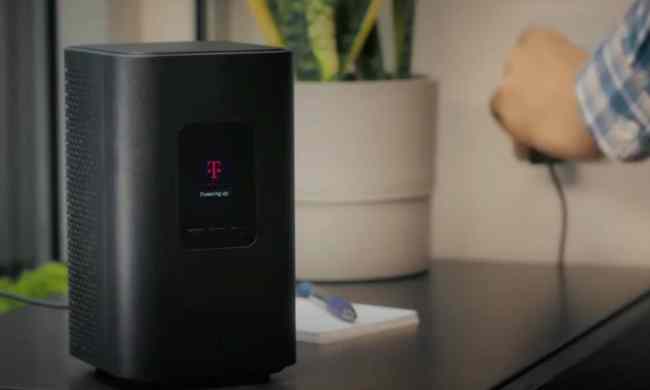Qualcomm has achieved a new milestone for 5G downlink speeds in conjunction with the Shenzhen, China-based technology company ZTE. The test was conducted in China and utilized Qualcomm’s 5G millimeter-wave (mmWave) technology to achieve a peak downlink speed of over 2.43GB per second with a single device, according to an official release from Qualcomm. Standard 4G speeds, by comparison, commonly reach 100MB per second under typical real-world conditions.
The Qualcomm/ZTE tests also managed to reach a peak download speed of over 5GB per second on a single device by using carrier aggregation, with a total of six 200MHz carriers on the mmWave band and uplink.
For the next step of 5G, we should fully leverage the advantages of 5G mmWave technology to unlock higher benefits and empower a digital, intelligent society.
The tests used a special device that came equipped with the latest version of Qualcomm’s Snapdragon modem and network infrastructure built by ZTE.
“This latest milestone with ZTE underscores important progress toward 5G mmWave commercialization in China to unleash the full potential of
Millimeter waves are extremely high radio frequencies found on the electromagnetic spectrum between 30GHz and 300GHz. Due to high atmospheric absorption, millimeter-wave broadcasts were previously restricted to short-range broadcasts, such as airport security scanners, military radar (science fiction fans may recognize the term from the extraordinarily sensitive personal radar systems in Neal Stephenson’s novel Snow Crash), or automated missile defense systems.
Qualcomm first publicly got out in front of 5G mmWave in 2019, in hopes that it could use these previously untapped frequencies to fuel the corresponding increase in wireless speeds. (Some analysts have noted that due to the increased emphasis on mobile devices in the last couple of decades, 5G had to go somewhere new on the EM spectrum, as the rest of it was rapidly filling up. Millimeter-wave was essentially free real estate.)
The joint test with ZTE is the end result of what Qualcomm claims is over 10 years of engineering to attempt to solve what had previously been seen as an insoluble problem. That, in turn, opens up new resources for 5G networks in advance of their impending rollouts.
Qualcomm, headquartered in San Diego, has been in operation since 1985. Primarily known for its chip manufacturing — if you’re American and have ever owned a smartphone, it probably contained parts from Qualcomm, at least until very recently — it’s recently diversified its business into other areas such as the automotive industry and IoT. Its successful mmWave test marks its latest in a long series of R&D investments into the technology.


